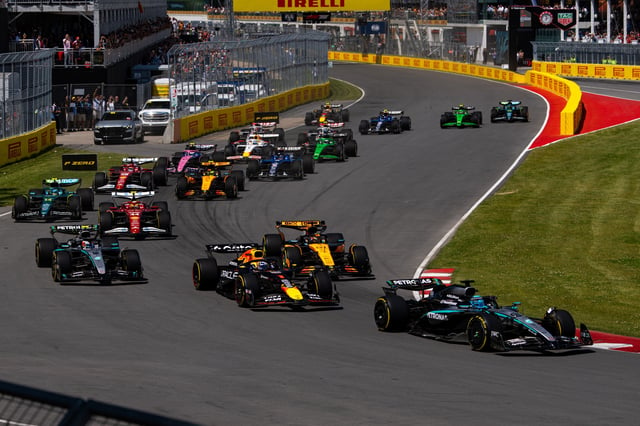Overview
- F1’s carbon footprint fell to 168,720 tCO2e at the end of 2024, marking a 26% reduction since 2018 and surpassing the midway point to its 50% cut target by 2030.
- A shift to renewable energy has driven a 59% drop in factory and facility emissions, while remote broadcasting from the UK has reduced travel-related carbon by 25% by keeping about 140 personnel off-site each weekend.
- Investment in sustainable aviation fuel delivered a 19% decline in associated emissions, and a new fleet of biofueled trucks has cut European freight emissions by an average of 83%.
- Race calendar realignments introduced in 2024 eliminated an extra transatlantic freight leg, and further schedule changes slated for 2026 will consolidate regional segments to curb logistics emissions.
- Formula 1 will adopt advanced sustainable fuels across its entire grid in 2026 and is laying the groundwork for new decarbonization targets beyond its net-zero-by-2030 commitment.

